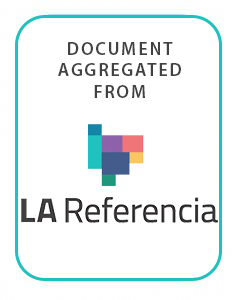The forced displacement: a challenge to suburban pastoral
In response to situations of violence and armed conflict as thosepresent in the Colombian reality, the church’s pastoral commitmentshould be effective. Then, the suburban pastoral (periphery pastoral), that promotes mercy and compassion as principles of its action, can respond to this reality more comprehensively. This article inquires about this situation and seeks to offer some clues in order to make pastoral action in the big cities, taking into account the reality of displacement.






